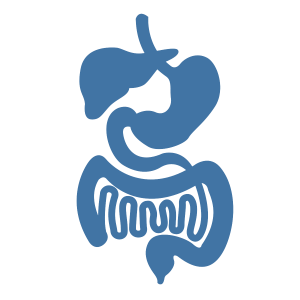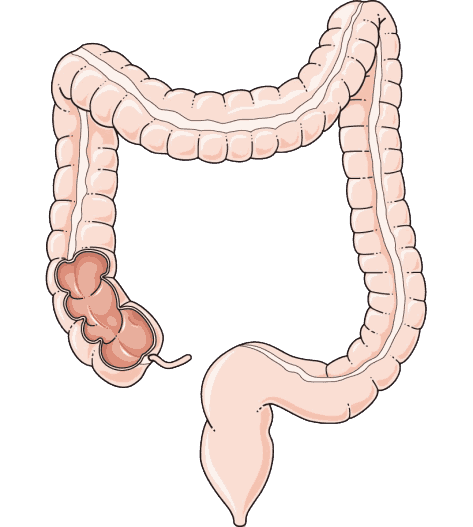What is digestive system surgery
Digestive system surgery is a treatment for diseases of the parts of the body involved in digestion. This includes the esophagus, stomach, small intestine, large intestine, and rectum. It also includes the liver, gallbladder, and pancreas.
Surgery can be either open surgery or minimally invasive surgery.
Open surgery: The surgeon makes one large cut to open up the body.
Minimally invasive surgery, or laparoscopic : The surgeon makes a few small cuts and uses a camera to see inside the body. The surgeon inserts the camera in one cut and surgical instruments in other cuts, These smaller cuts usually heal faster than the large cut of open surgery.

Gastric Surgery
In the digestive system the stomach is involved in the second phase of digestion, following chewing. It performs a chemical breakdown due to enzymes and hydrochloric acid.
Gastric surgery
many bariatric surgery procedures involve the stomach, in order to lose weight.
Surgical removal of the stomach” gastrectomy” ,gastrectomy may be carried out because of gastric cancer or severe perforation of the stomach wall “Ulcer” .
Fundoplication is stomach surgery in which the fundus is wrapped around the lower esophagus and stitched into place. It is used to treat gastroesophageal reflux disease

all about
Sleeve gastrectomy:
It is associated with a large number of concomitant diseases (including type-2 diabetes, cardiovascular and respiratory diseases, dyslipidemia, and elevated risk of cancer) and also markedly shortens the obese person’s life expectancy.

all about
Bowel surgery
The small intestine is a tubular structure, usually between 6 and 7 m long.
Its main function is to absorb the products of digestion (including carbohydrates, proteins, lipids, and vitamins) into the bloodstream.
There are three major divisions:
Duodenum: A short structure (about 20–25 cm long) contains digestive enzymes and bile from the gall bladder.
The digestive enzymes break down proteins, and fats. The duodenum contains Brunner’s glands which produce a mucus-rich alkaline secretion containing bicarbonate. These secretions, in combination with bicarbonate from the pancreas, neutralize the stomach acids.
Ileum: The final section of the small intestine. It is about 3 m long, and contains villi similar to the jejunum. It absorbs mainly vitamin B12 and bile acids, as well as any other remaining nutrients.
- Inflammation of the small intestine.
- Peptic ulcers are also common in the duodenum.
- Chronic diseases of malabsorption may affect the small intestine.
- including the autoimmune coeliac disease, infective Tropical sprue, andcongenital or surgical short bowel syndrome. Other rarer diseases affecting the small intestine include Curling’s ulcer, blind loop syndrome, Milroy disease and Whipple’s disease. Tumors of the small intestine include gastrointestinal stromal tumors, lipomas, hamartomas and carcinoid syndromes.
Diseases of the small intestine may present with symptoms such as diarrhoea, malnutrition, fatigue and weight loss. Investigations pursued may include blood tests to monitor nutrition, such as iron levels, folate and calcium, endoscopy and biopsy of the duodenum, and barium swallow.
all about
large intestine
The large intestine also called the colon, consists of the cecum, rectum, and anal canal. It also includes the appendix, which is attached to the cecum.
The main function of the large intestine is to absorb water. The area of the large intestinal mucosa of an adult human is about 2 m2.
- Appendicitis.
- Generalised inflammation of the large intestine is referred to as colitis.
- Diverticulitis is a common cause of abdominal pain resulting from outpouchings that particularly affects the colon.
Functional colonic diseases refer to disorders without a known cause, and include irritable bowel syndrome and intestinal pseudo obstruction. Constipation may result from lifestyle factors, impaction of a rigid stool in the rectum, or in neonates, Hirschprung’s disease.
Diseases affecting the large intestine may cause blood to be passed with stool, may cause constipation, or may result in abdominal pain or a fever. Tests that specifically examine the function of the large intestine include barium swallows, abdominal x-rays, and colonoscopy.
A bowel resection or enterectomy is a surgical procedure in which a part of an intestine is removed, from either the small intestine or large intestine.










